Analysis of relevant dynamics and trends in the export of refurbished dump trucks
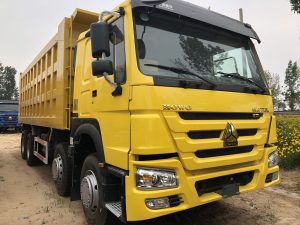
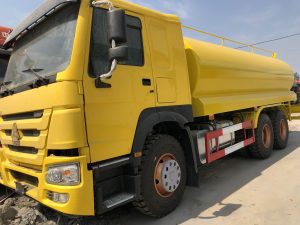
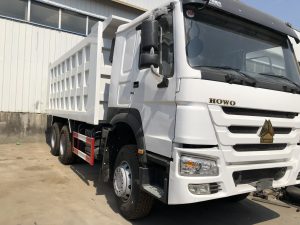
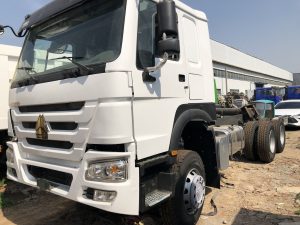
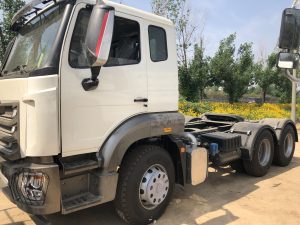
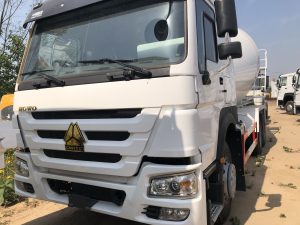
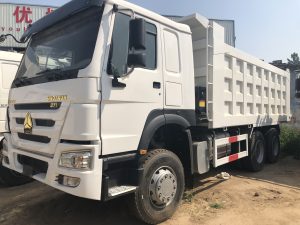
In recent years, with the growth of global infrastructure demand and the improvement of environmental awareness, the export market of refurbished dump trucks has gradually heated up, especially in emerging economies and developing countries. The following is an analysis of relevant dynamics and trends:
—
### **1. Market Overview**
– **Main Demand Areas**:
– **Africa** (Nigeria, Kenya, South Africa): Due to limited budgets, they prefer cost-effective second-hand equipment.
– **Southeast Asia** (Myanmar, Laos, Cambodia): There is strong demand for small and medium-sized engineering projects.
– **Central Asia and Russia**: Due to sanctions, the supply of second-hand equipment in the West has decreased, and Chinese refurbished vehicles have filled the gap.
– **South America** (Peru, Bolivia): Demand in the mining and agricultural sectors is stable.
– **Export Advantages**:
– The price is only 30%-50% of that of a new car, which is suitable for buyers with limited budgets.
– China’s refurbished industry chain is mature and can provide 6 months to 1 year warranty services to enhance competitiveness.
—
### **2. Recent Industry Trends**
– **Policies and Certification**:
– **China**: Starting from 2023, some provinces (such as Shandong and Guangdong) will pilot the export tax rebate policy for second-hand construction machinery to encourage compliant refurbished exports.
– **Barriers in target countries**:
– Many African countries require **SGS certification** or **CE test reports**;
– The EU must comply with **EU Stage V** emission standards (engines must be upgraded during refurbishment).
– **Typical Cases**:
– **XCMG Group**: In 2024, a second-hand equipment refurbishment center will be established in Dubai, providing a one-stop service of “inspection-refurbishment-after-sales” for the Middle East and African markets.
– **Sany Heavy Industry**: Cooperating with Myanmar agents, the export volume of refurbished dump trucks will increase by 40% year-on-year in 2023.
—
### **3. Refurbishment Standards and Processes**
– **Core Refurbishment Content**:
– **Mechanical Part**: Replacement of key components such as engines, gearboxes, and hydraulic systems.
– **Appearance and safety**: frame reinforcement, paint renovation, installation of GPS and intelligent monitoring system.
– **Environmental upgrade**: installation of exhaust gas treatment device (such as DPF filter) to meet emission requirements.
– **Price range**:
– The export price of a 30-ton second-hand refurbished dump truck is about 18,000-30,000 US dollars** (30%-40% of the new car price).
—
### **4. Challenges and risks**
– **Trade barriers**:
– Some countries prohibit the import of second-hand equipment with an age of more than 5 years (such as Algeria).
– India, Vietnam and other countries have increased the import tariff on second-hand equipment to 30%-50%.
– **Intensified competition**:
– Japanese and European second-hand equipment occupy the high-end market with brand premium (such as Komatsu and Volvo).
– Local refurbishers (such as Türkiye and Thailand) have lower prices but uneven quality.
—
### **5. Future trends**
– **The rise of digital platforms**:
Alibaba International Station, Made-in-China and other platforms have launched “Second-hand construction machinery special zones” to provide test reports and online trading services.
– **Green refurbishment**:
Electrification transformation (such as converting diesel vehicles to battery drive) has become a new direction, and pilot projects in the European market have increased.
—
### **Recommended export strategy**
1. **Target market selection**: Prioritize countries that are open to second-hand imports and have high infrastructure demand (such as the Philippines and Pakistan).
2. **Certification and compliance**: Improve trust through international certification (ISO 10987) or cooperation with third-party testing agencies (TÜV).
3. **After-sales service**: Set up spare parts warehouses or cooperative repair points in the target country to solve buyers’ worries.
If you need specific national policies or corporate case details, you can further analyze them.


